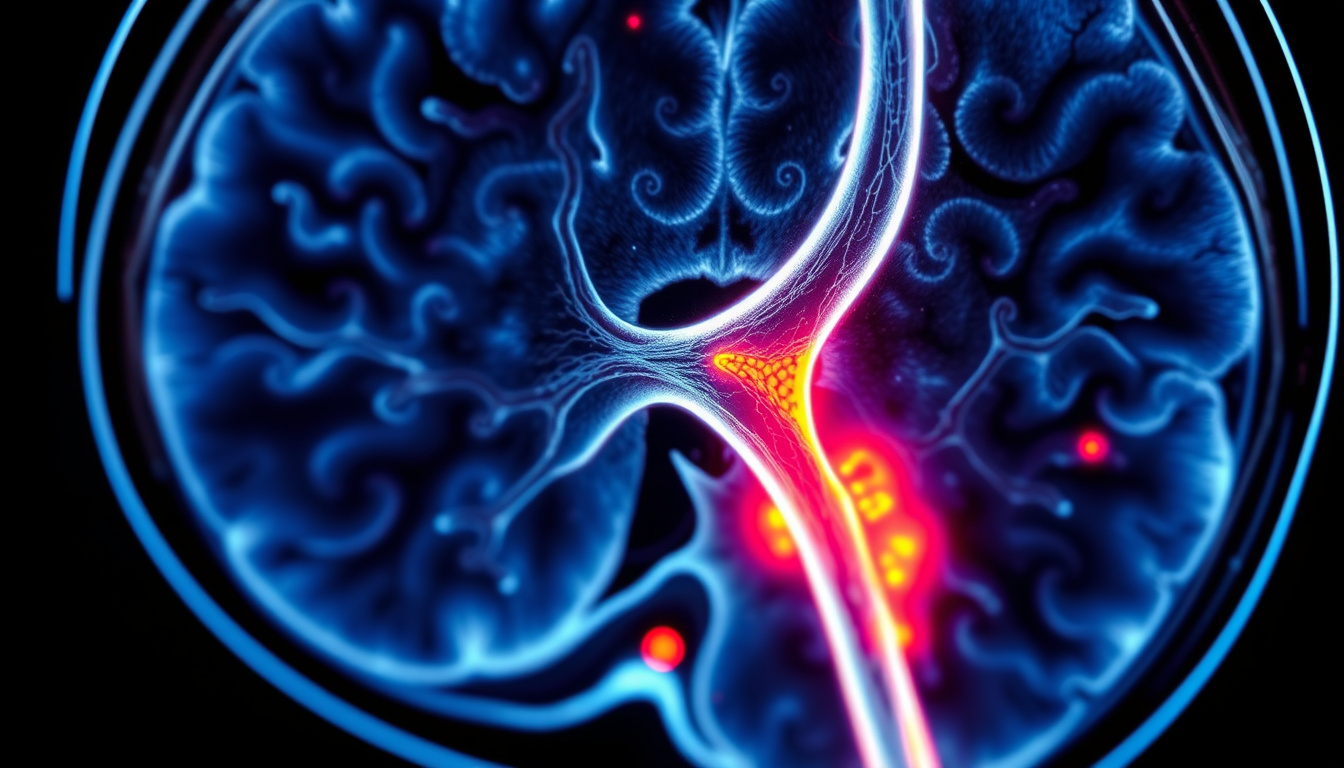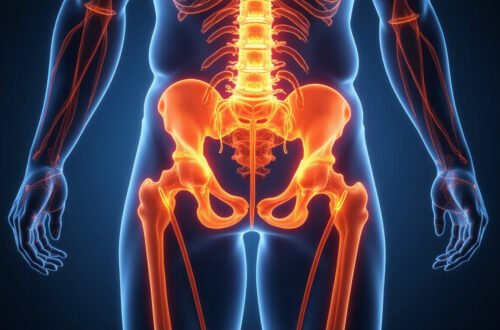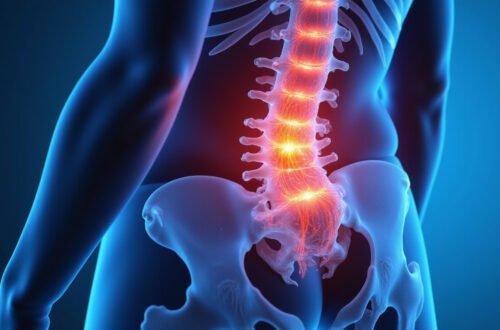Experiencing sharp pain that radiates from your lower back down to your legs might indicate a condition known as sciatica. To effectively address and alleviate this discomfort, accurate identification is essential. This is where sciatica diagnosis tests come into play. Understanding which tests are used to diagnose sciatica can lead to timely treatment and better pain management. In this article, we will explore the most reliable sciatica diagnosis tests, how they work, and what treatment options you can consider once sciatica has been confirmed.
What Is Sciatica?
Sciatica refers to pain along the path of the sciatic nerve, which extends from the lower back through the hips, buttocks, and down each leg. It occurs when this nerve gets irritated, compressed, or inflamed, commonly due to a herniated disk, spinal stenosis, or piriformis syndrome. Symptoms include sharp, burning pain, numbness, tingling, or muscle weakness. Because several conditions mirror sciatica symptoms, accurate diagnosis is crucial.
Importance of Sciatica Diagnosis Tests
Proper identification of sciatica ensures that appropriate treatment is initiated. Without the correct diagnosis, treatment could be ineffective or even worsen the condition. Sciatica diagnosis tests encompass physical examinations and imaging techniques to detect the source of nerve irritation.
Common Sciatica Diagnosis Tests
Physicians rely on a combination of patient history, physical examinations, and imaging tests to confirm sciatica. Here’s a breakdown of the top sciatica diagnosis tests:
1. Physical and Neurological Examination
This is the initial and most important sciatica diagnosis test. It involves assessing your range of motion, reflexes, muscle strength, and sensation in your legs and feet. The doctor may ask you to perform specific movements to see if they reproduce the pain.
-
Straight Leg Raise (SLR) Test: During this test, you lie flat while your doctor lifts your leg to see if it triggers sciatic pain. A positive SLR test usually indicates nerve root irritation.
-
Slump Test: This assesses how the nervous system stretches from the brain down the spine to the sciatic nerve. It helps differentiate sciatica from other causes of leg pain.
2. Magnetic Resonance Imaging (MRI)
MRI is one of the most effective sciatica diagnosis tests used to visualize soft tissues, including discs and nerves. It provides detailed images of the spine, helping to identify herniated discs, spinal stenosis, or other nerve compressions.

MRI scans do not involve radiation and are considered safe and non-invasive. They’re especially useful when symptoms persist or worsen, and surgery is being considered.
3. Computed Tomography (CT) Scan
If MRI isn’t an option due to metal implants or claustrophobia, a CT scan with myelography can be used. A contrast dye is injected into the spinal canal to make nerve roots visible on X-rays taken during the scan. CT scans help detect bone spurs or herniated discs impacting the sciatic nerve.
4. Nerve Conduction Studies and Electromyography (EMG)
These are specialized sciatica diagnosis tests that measure electrical activity in muscles and nerves. They help determine if nerve compression is causing muscle weakness or abnormal reflexes.
- Nerve conduction studies analyze how fast signals travel along nerves.
- EMG records electrical activity in muscles to detect nerve damage.
These tests provide additional insight especially when symptoms do not correlate clearly with imaging results.
5. X-Rays
While X-rays cannot show nerve or soft tissue problems, they are useful in ruling out fractures, tumors, or bone abnormalities that might cause sciatic symptoms.
How Are Sciatica Diagnosis Tests Performed?
The process usually starts with a consultation and physical examination, followed by imaging if necessary. Here’s what you can expect:
-
Medical History Review: Your healthcare provider will ask about the onset, duration, and characteristics of your pain, any trauma, and prior treatments.
-
Physical Assessment: Tests like the SLR and slump test are done to evaluate nerve irritation.
-
Imaging Referral: Based on examination results, you may be referred for imaging studies such as MRI or CT.
-
Electrodiagnostic Testing: If nerve damage is suspected, nerve conduction or EMG tests might be scheduled.
This stepwise approach ensures a precise diagnosis and personalized treatment planning.
Treatment Options After Diagnosis
Depending on the cause identified by sciatica diagnosis tests, treatment may range from conservative to surgical approaches.
Conservative Treatments
- Physical Therapy: Targeted exercises to improve flexibility, strength, and posture.
- Medications: Anti-inflammatory drugs, muscle relaxants, or nerve pain medications.
- Steroid Injections: Corticosteroid injections near the nerve roots to alleviate inflammation.
- Lifestyle Modifications: Weight management, avoiding prolonged sitting, and ergonomic adjustments.
Surgical Treatments
When conservative methods fail or severe symptoms like muscle weakness or loss of bladder control occur, surgery may be necessary. Procedures include:
- Microdiscectomy: Removal of part of a herniated disc pressing the nerve.
- Laminectomy: Removing part of the vertebra to relieve nerve pressure.
Summary: Top Sciatica Diagnosis Tests
| Diagnosis Test | Purpose | Key Feature |
|---|---|---|
| Physical and Neurological Exam | Detect nerve root irritation | SLR and slump tests |
| MRI | Detailed soft tissue imaging | Non-invasive, great for soft tissues and nerves |
| CT Scan with Myelography | Visualize spinal canal with dye | Alternative when MRI not feasible |
| Nerve Conduction Studies and EMG | Assess nerve function and damage | Measures electrical signals and muscle response |
| X-Rays | Rule out bone abnormalities | Limited for soft tissue visualization |
Frequently Asked Questions (FAQs)
Q1: What are the most reliable sciatica diagnosis tests?
The straight leg raise test combined with MRI imaging are among the most reliable sciatica diagnosis tests for confirming nerve root irritation and its causes.
Q2: Can sciatica diagnosis tests detect herniated discs?
Yes, MRI and CT scans can effectively detect herniated discs that may be compressing the sciatic nerve.
Q3: Are nerve conduction studies necessary for all sciatica patients?
No, nerve conduction studies and EMG are typically reserved for cases where symptoms are unclear or do not correlate with imaging findings.
Authoritative Source Reference
According to the American Academy of Orthopaedic Surgeons, MRI remains the gold standard for diagnosing the cause of sciatica due to its ability to provide detailed images without radiation exposure (source).
Take Control of Your Sciatica Today
If you are struggling with persistent lower back and leg pain, don’t ignore your symptoms. Early diagnosis using proper sciatica diagnosis tests can pave the way for effective treatment and relief. Consult your healthcare provider about undergoing these tests to get a clear understanding of your condition. With the right diagnosis, you can start on a path toward regaining mobility and living a pain-free life. Don’t wait — take the first step toward sciatica relief today!






